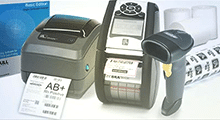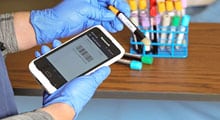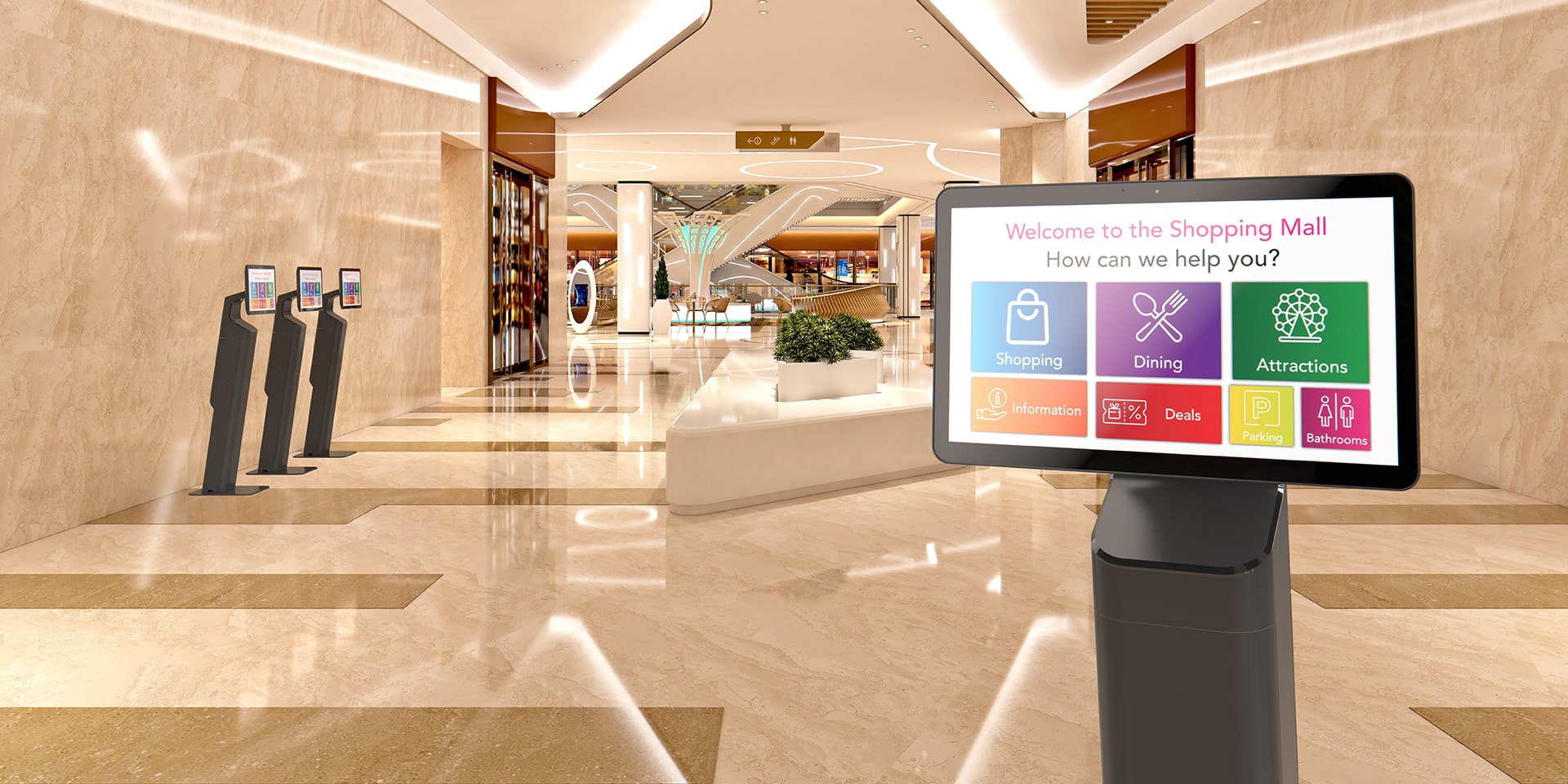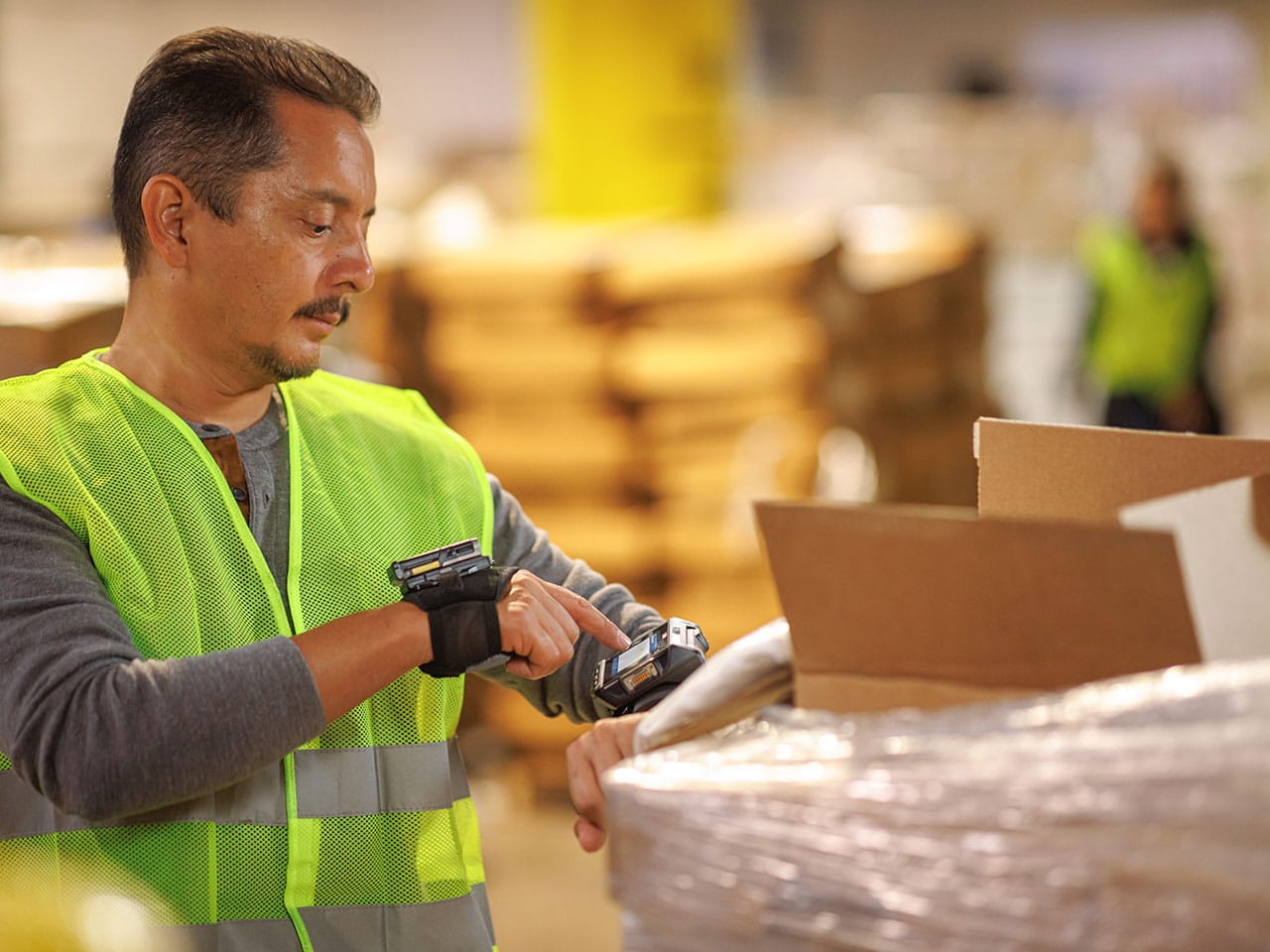Chemical production and distribution are crucial to the modern economy. These are commonly used in pharmaceuticals, construction, and many other contexts. Data from Grand View Research reveals a market size of $239 billion as of 2019 — and experts anticipate that this industry will continue to grow at a rapid pace in the next few years. With this increase in opportunity, however, comes the responsibility to maintain strict safety protocol.
While regulatory agencies have long governed the labeling, classification, and distribution of hazardous chemicals, a concerning lack of consistency prompted the United Nations to develop a guide known as GHS. This resource is responsible for the current approach to chemical labeling in the United States and all around the world. It was adopted several years ago, and yet, many business leaders still struggle to understand why it exists or how it can be properly implemented.
In an effort to clear up the ongoing confusion surrounding GHS and its application in the US, we’ve detailed the essentials of this system below. Keep reading to discover the best practices for modern chemical labeling.
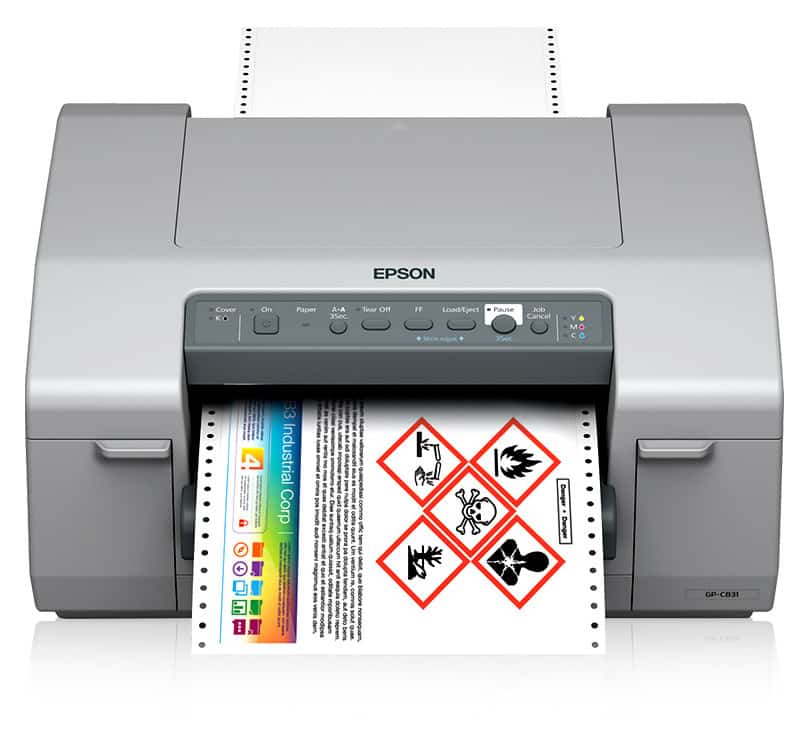
What is GHS Labeling & Why Is It Important?
Established by the United Nations in 2003, the Globally Harmonized System of Classification and Labelling of Chemicals (GHS) standardizes labeling protocol for potentially hazardous chemicals. In doing so, this system aims to define common chemical hazards and make it easier to communicate this information. The GHS represents the culmination of years of work to develop a globally harmonized classification system. While the standard isn’t technically an official regulation, it has driven mandates that have been adopted in many countries. To that end, experts at OSHA refer to the GHS as providing much-needed “regulatory building blocks.” While many countries possessed strict labeling protocols long before GHS went into effect, these were often different enough to require a variety of labels, data sheets, and other resources for marketing products on an international basis. The result? Inconsistent protection for those who might be exposed to hazardous chemicals. What’s more, a poorly standardized system can create significant burdens for businesses, which may struggle to comply with differing rules and regulations for labeling hazardous chemicals. GHS resolves this problem while safeguarding workers all around the world.Requirements Essentials For Compliance
Prior to the development of the GHS, OSHA issued the Hazard Communication Standard (HCS). Sometimes referred to as HazCom, this mandate requires employers to provide full transparency regarding the use of hazardous chemicals in the workplace. The preamble for the original version of the HCS highlighted the need for a globally harmonized system. This is exactly what OSHA later contributed to by revising HCS in an effort to better align with GHS requirements. To achieve compliance with both GHS and the revised version of HCS, organizations must include detailed information about the types of chemicals found in specific containers, as well as the hazards associated with those chemicals. Labels can also reference protective measures designed to limit risk to those who work with hazardous materials. The latest version of the HCS also includes specifics about container classification and the use of Material Safety Data Sheets (MSDS).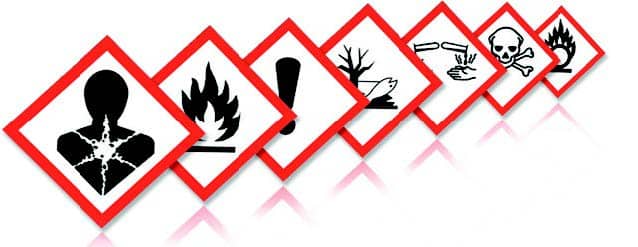
GHS Labeling Requirements: Information and Identification
Under OSHA’s implementation of the GHS, all labels that identify hazardous chemicals should contain the following specific information:
- Name and contact information for the chemical manufacturer or other responsible party.
- Product identifier such as the name of the chemical or the batch number.
- Signal words that highlight the potential severity of the hazard. Only two signal words are available: warning, which is used in less severe situations, and danger, which is reserved for the most serious hazards.
- Hazard statements that reveal why people should be cautious around the chemical in question. When necessary, these can be combined to limit redundancy.
- Precautionary statements that explain which measures people can take to limit the impact of being exposed to a particular chemical. These should fall under at least one of four main categories: prevention, response, storage, or disposal.
- Supplemental information that manufacturers deem relevant and helpful. A common example involves personal protective equipment (PPE) pictograms, which highlight accessories that workers may need to keep safe while handling certain chemicals.
Examples of statements or warnings that might be included on GHS-compliant labels include:
- Keep containers tightly closed and store in well-ventilated areas.
- Ground and bond both the container and receiving equipment.
- Do not eat or drink when using this product.
- Highly flammable vapor; may cause kidney damage.
- In case of fire, use a carbon dioxide extinguisher.
Further insight into labeling requirements can be found in the QuickCard sample issued by OSHA.
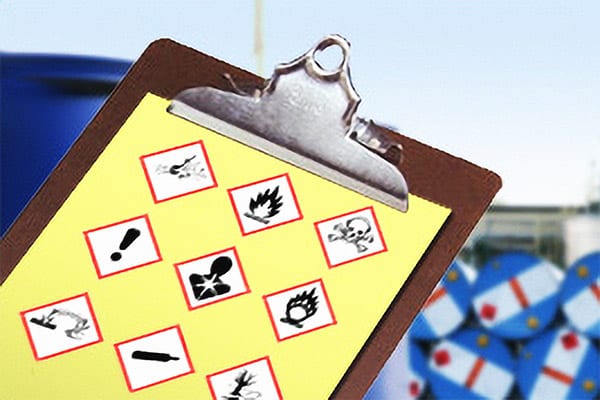
Requirements for Label Quality
While organizations often focus on the information that labels contain, the quality of the labels themselves is just as important. Under the GHS, all labels must meet the BS 5609 standard. Designed for pressure-sensitive adhesives involving marine applications, this standard emphasizes label quality after weeks or even months of being shipped by sea. Without meeting this standard, labels could suffer significant damage as they’re exposed to saltwater spray or even immersion.
Primary Versus Secondary Containers
In addition to understanding the basic elements of a compliant label, it’s important to recognize the distinction between the types of containers on which these warnings are attached. The main categories include primary and secondary containers, which we explain in detail below:
- Primary containers. These include any barrels, bottles, or bags received directly from manufacturers. Labels placed directly on primary containers by providers should not be altered in any way. Should the need for a replacement eventually arise, the information contained on the new label should be identical to the original.
- Secondary containers. Typically smaller than their primary counterparts, secondary containers may involve jars or spray bottles. The chemicals found within these vessels were likely transferred from primary containers. In most cases, labels for secondary containers should comply with GHS requirements.
An interpretation letter issued by OSHA references a scenario involving preprinted (embossed) labels containing chemical names, National Fire Protection Association diamonds, and safety pictograms. Despite not also including contact information or hazard statements, these example labels satisfy OSHA requirements for secondary containers.
GHS Compliance Deadline
When OSHA first adopted GHS requirements, the agency granted organizations several years to adapt to the new system. It established a compliance deadline of June 1st, 2016. This marked the end of the transition period. As of this date, all manufacturers, importers, and distributors were required to abide by all OSHA-adopted aspects of the GHS.
While the official OSHA compliance deadline occurred several years ago, the hard work is far from over for the organizations impacted by the GHS approach to labeling. For many businesses, it’s worthwhile to seek outside help in the interest of achieving — and maintaining — full compliance. After all, hazard communication violations are common, with OSHA citing the HCS on over 4,000 occasions during inspections conducted between October, 2018 and September, 2019. These compliance failures resulted in fines of $5,105,026.
The potential for fines may hasten businesses in their efforts to comply with the HCS, but employee risk and health hazards should be even more of a concern. Some of the violations referenced by OSHA are truly alarming. Far too many employees have been exposed to kerosene, carbon monoxide, and combustible dust without proper training.
While a variety of steps need to be taken to reduce employee risk, labeling remains one of the best opportunities for keeping workers safe. As such, businesses can expect OSHA to continue cracking down — especially now that the GHS compliance deadline and the associated grace period have come and gone. It’s not too late to get a reliable, fully compliant labeling system in place.
Chemical Labeling Compliance Services
Need help with chemical labeling? A little extra guidance could be all it takes to ensure that you achieve and maintain full GHS compliance without negatively impacting your budget or general productivity.
At Peak Technologies, we are pleased to offer customized chemical labeling solutions. We work with your team to produce high-quality labels that are built to withstand wear and tear, so you can always feel confident that all chemicals are marked clearly and correctly. There’s a variety of options, ranging from preprinted labels to thermal transfer and laser printing. This versatility allows us to match your legacy system to ensure a seamless transition.
Ready to get on the path to GHS labeling compliance? Don’t hesitate to contact the team at Peak Technologies to learn more about our turnkey solutions.











